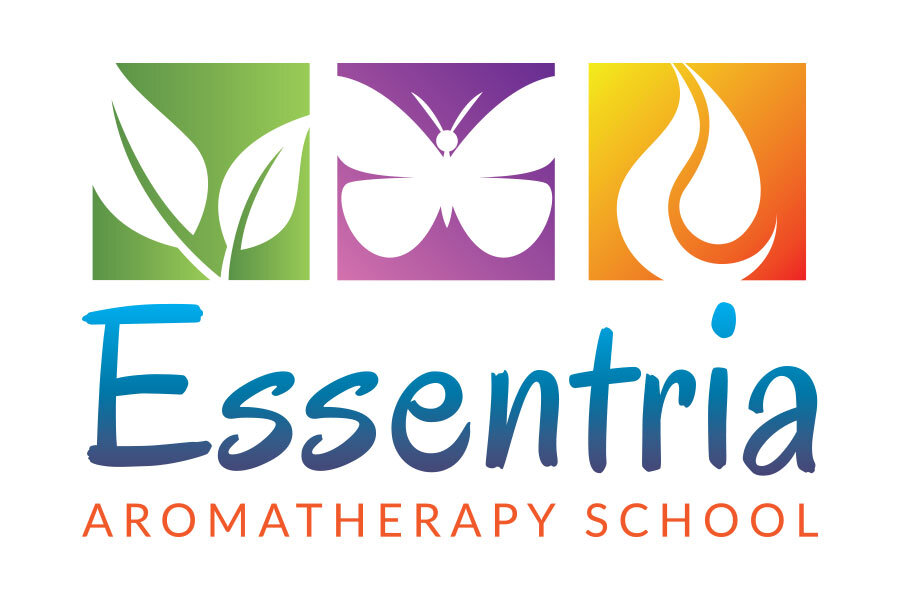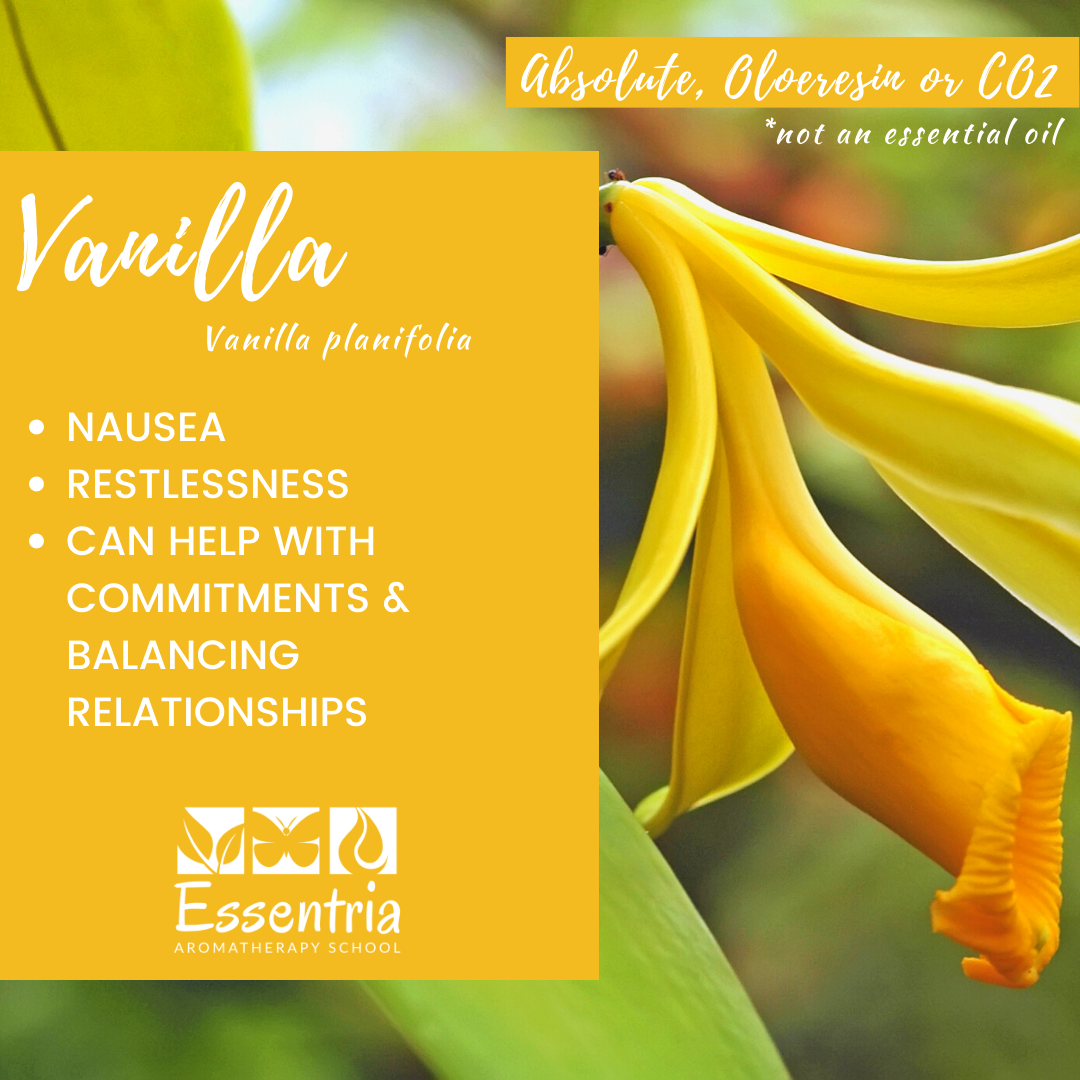Vanilla - Essentially NOT an Essential Oil!
The title of this blog explains it, but for anyone not clear what we mean, vanilla sold as an essential oil is not an essential oil.
This is often a labelling error or marketing term used for their target audience, as many large consumer driven companies focus on what terms sell vs what’s truly in the bottle. The under educated consumer might not understand the term CO2 extract or Oleoresin or absolute. So many companies will continue to use the term essential oil and some will disclaim that by explaining what’s in the bottle under the product advertisement.
At the end of this blog if you are one of the under educated consumers you will have the tools to buy reputable vanilla aromatherapy extracts from honest suppliers.
What the supplier is selling you is either an Oleoresin, an absolute or a CO2 of the vanilla bean plant. That’s assuming of course the supplier is actually selling you a plant extract and not a fragrance. If the bottle says fragrance, it’s a perfume, probably not much of anything natural in there and shouldn’t be used in aromatherapy at all.
Vanilla (Vanilla planifolia)
These extracts come from the vanilla beans found in the beans stems of the vanilla orchid plant. Each type of vanilla bean product is extracted in a slightly different way.
The vanilla beans actually can’t produce essential oils at all. Not through steam distillation or cold-pressed extraction, the two most common essential oil extraction methods.
Vanilla oleoresin is created by using an alcohol solvent to extract the vanilla. This is similar to vanilla extract used for baking. The Vanilla Oleoresin will be thicker than an essential oil. Overtime the Oleoresin may also continue to thicken, leaving the lid gooey in a thick vanilla scented residue. This is normal.
Vanilla Oleoresin does not effectively dissolve in carrier oils like essential oils. They are best used in water or alcohol. This is why oleoresins aren’t used as much in aromatherapy, because aromatherapists often blend with carrier oils and essential oils. The Oleoresin can be effectively diluted in a Hydrolat however, due to the aqueous state of hydrolats.
Vanilla CO2 is extracted using a carbon dioxide extraction method. This is a process that uses carbon dioxide in specialized machines used to extract the plant material. All CO2s are extracted this way. CO2 extracts tend to be thicker than essential oils as well.
Vanilla absolute is created using a synthetic solvent. The type of solvent used can change by supplier so it’s best to ask your supplier what solvent they are using. Absolutes should be avoided for internal use because of the synthetic nature of the solvent.
Vanilla is known to have calming effects and has been reported as an effective antidepressant in animal studies using mice. Some holistic practitioners believe it can possess digestive calming benefits as well. Vanillin, found in vanilla displays anticarcinogenic activity. If you have cancer, we suggest you work with your oncologist and specialists related to your condition before attempting to use aromatherapy as a healing tool. Aromatherapy can have a negative effect on your other treatments or your condition, so keep your entire health care team fully informed for the best integrative approach.
While vanilla extracts don’t reportedly have any contraindications, studies on the compounds suggest individuals with a scent allergy may react to vanilla extracts with a vanillin content higher than 10%. This could be the case for any aromatic compound with a 10% or more concentration of vanillin.
We don’t typically encourage cooking with aromatherapy products however CO2s are actually designed for flavouring and cooking in addition to many therapeutic benefits in an aromatherapy practice. This is because the CO2 is not as volatile as an essential oil meaning the flavour and/or scent will not quickly dissipate when exposed to heat becoming a complete waste like an essential oil would.
If you’re looking to obtain vanilla strictly for the smell that may be beneficial for a cosmetic product, but it’s not a product found as commonly in aromatherapy practises and companies, benzoin and balsam peru both have a vanilla like scent.
References:
Worwood, Valerie Ann. Complete Book of Essential Oils and Aromatherapy: Over 800 Natural, Nontoxic, and Fragrant ... Recipes to Create Health, Beauty, and Safe Home An. New World Library, 2016.
Tisserand, Robert, et al. Essential Oil Safety: A Guide for Health Care Professionals. Churchill Livingstone/Elsevier, 2014.
“Vanilla Absolute / CO2 Uses and Benefits.” AromaWeb, https://www.aromaweb.com/essential-oils/vanilla-oil.asp.
Webb, Mark. CO2 Extracts Workshop, 2018
LEARN MORE WITH ESSENTRIA
Want to learn more about how to use essential oils in your home? Check out our free no strings attached online course here.
Plus consider joining us in our Facebook group Love Essential Oils with Essentria where we post tips and tricks on how to use aromatherapy safely in your daily life.
Want to learn more about how to become an aromatherapist, check out our certification courses and bundles offered online here.



